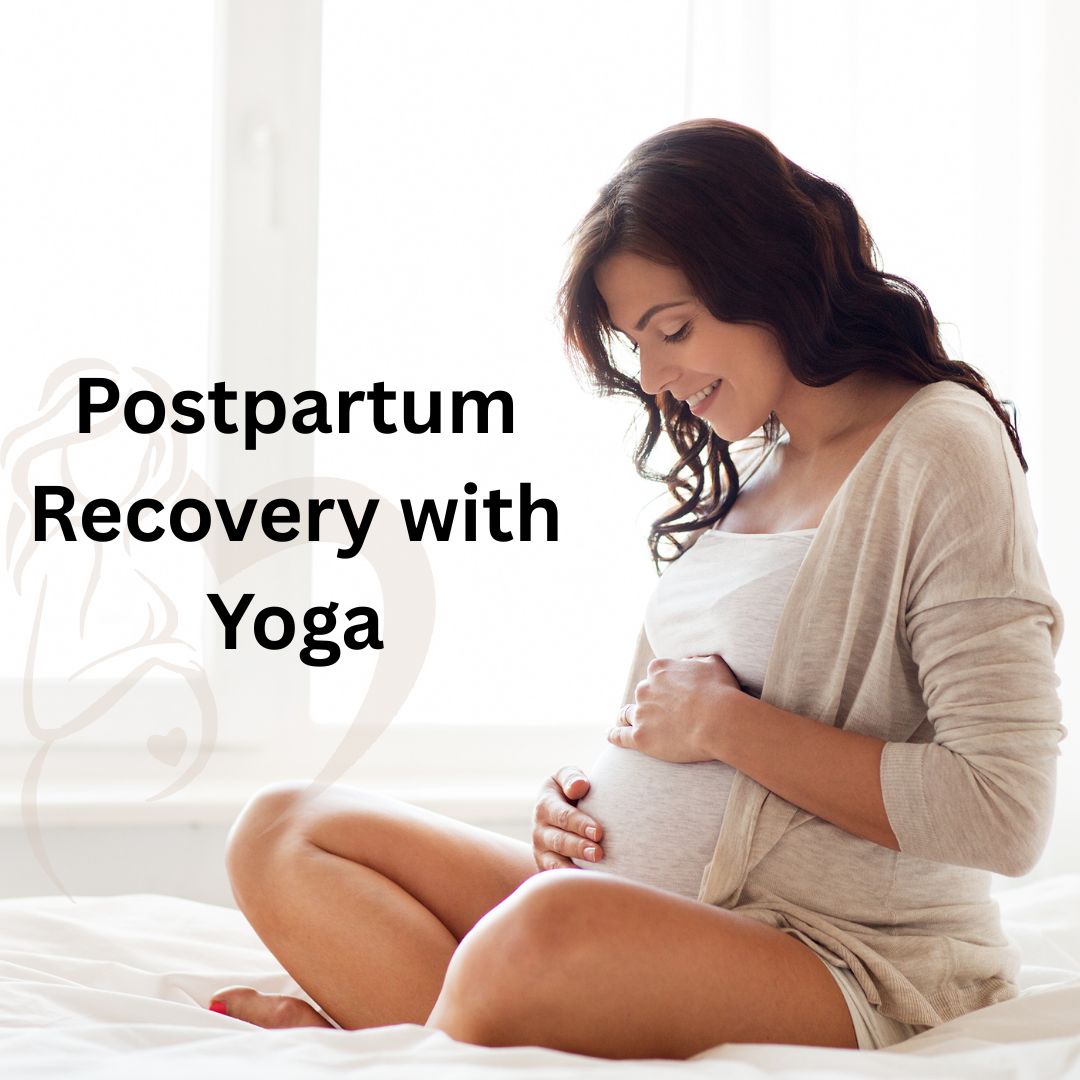Welcoming a baby into the world is transformative—but postpartum recovery is often overlooked. With the body undergoing significant changes, postpartum yoga recovery supports both physical healing and emotional well-being. By adopting safe, targeted practices like yoga after childbirth, mothers can regain strength with yoga, restore hormonal balance after pregnancy, and reclaim vitality as new moms. This guide explores how postnatal yoga poses help navigate this journey naturally.
Why Yoga is Essential After Childbirth
- Rebuilds core muscles (pelvic floor, abs)
- Supports uterine healing
- Promotes hormonal equilibrium
- Eases tension, back pain, and fatigue
- Reduces stress and anxiety through mindful breathing
- Improves flexibility, circulation, and posture
Unlike intense workouts, postpartum yoga respects the healing process, nurturing gradual regain of strength and wellness.
Who Should Practice Postpartum Yoga?
Ideal for:
- Mothers 6 weeks post-normal delivery or 8–12 weeks post-cesarean
- Those with mild physical discomfort, weak core, or emotional stress
- Any new mom seeking gentle, graded return to fitness
Always get medical clearance before starting, especially after surgery or complications.
10 Postnatal Yoga Poses & Their Benefits
| Yoga Pose | Postpartum Benefit |
|---|---|
| Pelvic Floor Contractions | Rebuilds pelvic strength and bladder control |
| Cat–Cow (Marjariasana–Bitilasana) | Enhances core stability, relieves spine and abdominal tension |
| Bridge Pose (Setu Bandha Sarvangasana) | Restores core strength and opens hips |
| Legs-Up-the-Wall (Viparita Karani) | Aids circulation, reduces swelling, calms the nervous system |
| Child’s Pose (Balasana) | Relieves fatigue and gently stretches the back |
| Garland Pose (Malasana) | Opens hips and pelvis, supports alignment |
| Modified Plank | Strengthens core and upper body safely |
| Breathing Exercises (Ujjayi/Diaphragmatic) | Reduces stress and improves relaxation |
| Supported Twists | Helps restore abdominal tone and aids digestion |
| Savasana with Bolster | Provides deep rest and helps in hormonal regulation |
Structuring Your Postpartum Yoga Routine
Guidelines for Safe Practice:
- Frequency: 3–5 short sessions per week
- Duration: 20–30 minutes per session
- Progression: Begin with breathing and pelvic work, gradually add more as healing progresses
Sample Weekly Plan:
- Day 1: Deep breathing + pelvic contractions
- Day 2: Add Cat–Cow and Child’s Pose
- Day 3: Introduce Bridge and Leg-Up-the-Wall
- Day 4: Mix breathing, core, and gentle twists
- Day 5: Light supported plank + full relaxation
Physical & Hormonal Benefits
Post-childbirth yoga delivers:
- Improved core function and stability
- Assisted healing for the abdominal wall and pelvic floor
- Boosted circulation to support tissue repair and reduce swelling
- Enhanced hormonal balance, aiding regulated mood and energy
- Reduced stress through nurturing breathwork and mindful awareness
This approach supports both body and mind, leading to comprehensive postpartum healing.
Tips for Safe Practice
- Always warm up with gentle stretches
- Focus on correct form, use props like bolsters and blankets
- Avoid deep twists or inversions until fully healed
- Breathe deeply and listen to your body’s signals
- Include rest days and restorative poses regularly
- Stay connected with certified prenatal/postnatal yoga support
FAQ: Postpartum Yoga Recovery
Q1: When can I start postpartum yoga?
Typically from 6 weeks post-normal delivery or 8–12 weeks after a cesarean, with doctor’s approval.
Q2: How long until I see benefits?
Core strength and reduced fatigue may begin within 2–4 weeks of consistent practice.
Q3: Can I combine yoga with other exercises?
Yes. Once core strength is improved, add walking or light cardio as advised by your physician.
Q4: What if I experience pain during practice?
Stop any pose that causes pain; modify intensity, and consult a professional if needed.
Q5: How does yoga help with hormonal balance?
Through activating the parasympathetic nervous system and reducing cortisol, yoga supports postpartum endocrine health.
Real-Life Transformations
Mothers report:
- Gradual return of core tone and stability
- Relief from low back and pelvic discomfort
- Improved sleep and reduced stress
- Greater confidence in body and parenting roles
Conclusion
If you’re embarking on the journey of postpartum healing, postpartum yoga recovery offers a gentle yet powerful pathway. Focusing on gradual strength rebuilding and hormonal regulation, these yoga after childbirth practices support you physically, mentally, and emotionally. Whether you’re seeking to regain strength with yoga, restore hormonal balance after pregnancy, or enjoy self-care as a new mom, a structured postnatal yoga poses routine can guide lasting transformation.
By prioritizing safety, consistency, and awareness, yoga becomes your ally in postpartum recovery—empowering you to embrace motherhood with renewed energy, strength, and inner calm.
